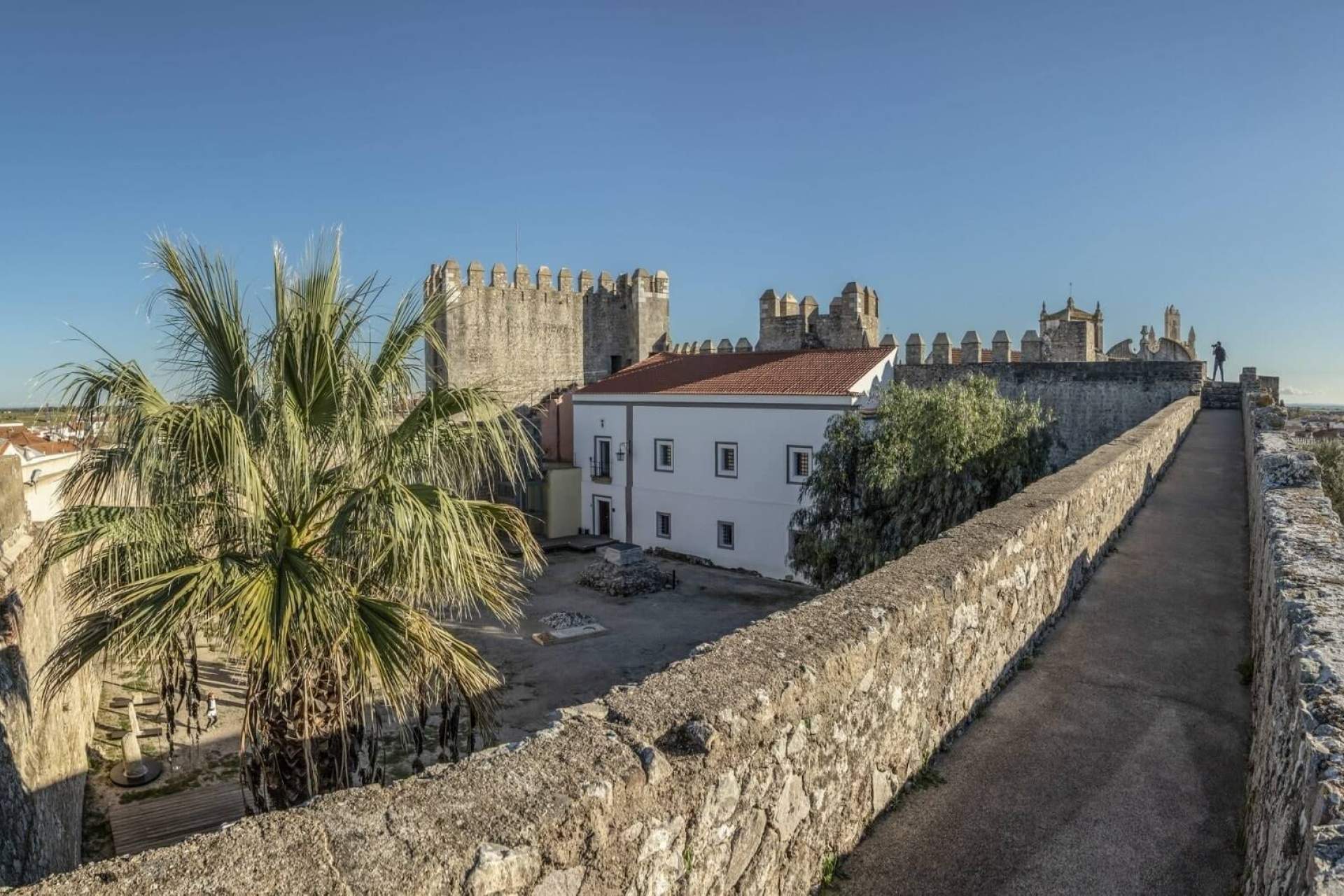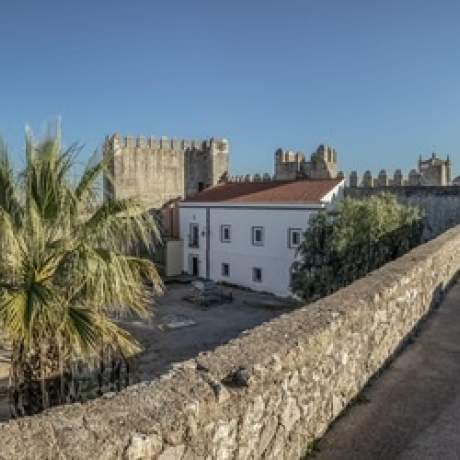
Municipal Museum of Archaeology of Serpa
With the arrival of the Muslims to the Peninsula, Serpa came under the domain of Islam, remaining in the sphere of Beja and as a strategic stopover point on the route that linked that city with Seville. It was conquered by the Christians in 1166, and once again fell under Muslim control thanks to the Almohad offensive of 1191, which reconquered a substantial part of the territories south of the Tagus, including Serpa, which was only definitively conquered by troops of the Order of Santiago in 1232.
Traces of the Islamic past can be found in some sections of the rammed earth wall and in two towers: the Clock tower, transformed into a clock tower in 1440, and the Horta tower, partially re-used in the reconstruction works of the walls ordered by the Portuguese monarch D. Dinis.
Located in the castle citadel, the Municipal Museum of Archaeology of Serpa has an area on the upper floor dedicated to the Islamic period. There we can closely observe the Islamic legacy through various archaeological finds in the municipality, which exhibition ex libris consists of the casting plate known as the "Pias mould", a small slate plate with a reproduction of a verse from the Koran with which protective amulets were made of molten metal, expressing the influence of the new prophet Muhammad.
Address:
Alcáçova do Castelo, Serpa
Phone:
Email:
Website:
Timetable:
Tuesday to sunday: 09.00 - 12.30 and 14.00 - 17.30
Closing day(s):
Monday
Close
Search results for:
No results were found matching your search.
Information available soon.



